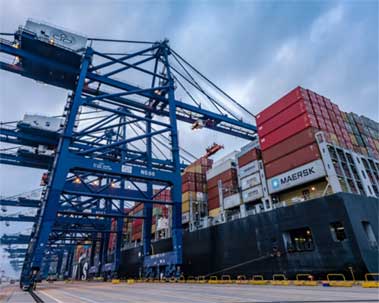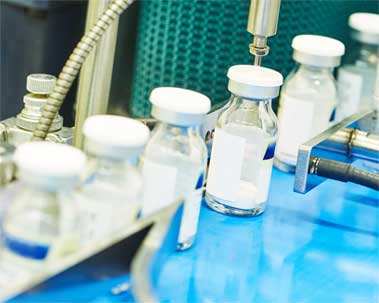Sometimes there is a lubricant film between the sealing surfaces. This is often called the "pressure wedge theory". Sometimes there is only steam. This was determined in the 1860s at the Battle Memorial Institute in Columbus, Ohio, where they conducted a series of seal face lubrication tests for the aircraft industry. These tests introduce a "rough theory" of facial lubrication. The idea was later accepted by the British as "vapor sealing".
Lubricant is any fluid that can maintain a film thickness of 1 micron or more at its operating temperature and load, so sometimes there is no lubricant between the grinding surfaces. This occurs in solvent, cryogen, dry hot air and most dry gas applications. Three frequency theory is an another popular theory. In this case, we can observe the lubricant belt at the outer diameter of the end face, the vapor belt at the center of the sealing surface, and the dry belt at the inner diameter of the sealing surface.
No matter what happens between sealing surfaces, the rules for successful operation of mechanical seals remain unchanged. Keep the two overlapping planes together, and the seal will not leak. Any well-designed mechanical seal can operate without visible leakage. If the product drips from the seal, there may be a problem, but this problem can be corrected. Excessive movement in the rotating design (the spring rotates with the shaft) makes the rotating seal almost impossible to seal the escape. This also means that we can not use the fixed seal installed on the valve core to seal the escaping emissions. When the cartridge sleeve is fixed to the shaft, the rotating surface will be "not perpendicular" to the rotating shaft.
 English
English français
français Deutsch
Deutsch Español
Español italiano
italiano русский
русский português
português العربية
العربية ไทย
ไทย čeština
čeština Polska
Polska


